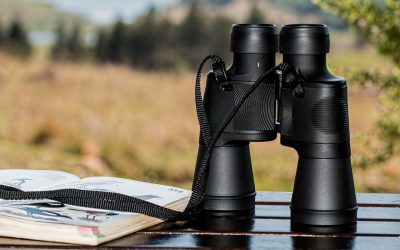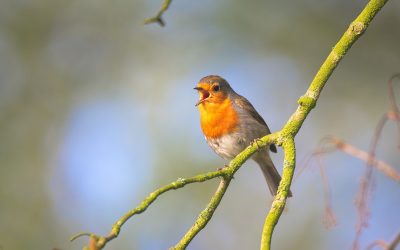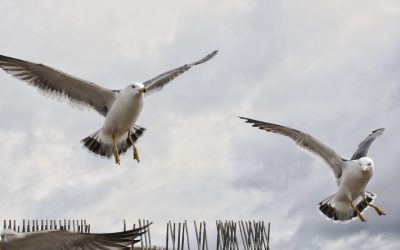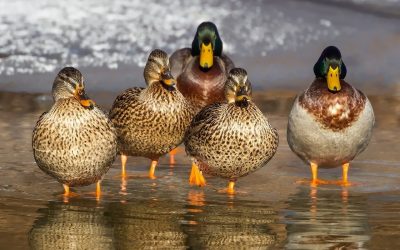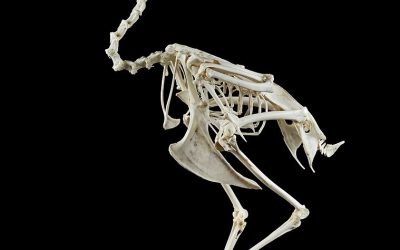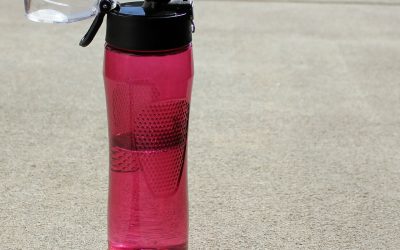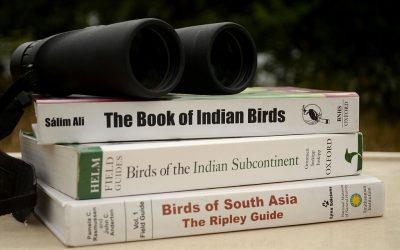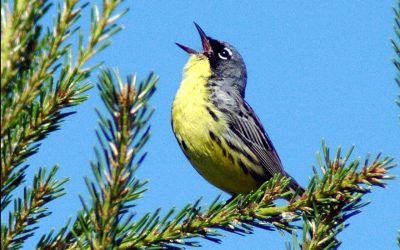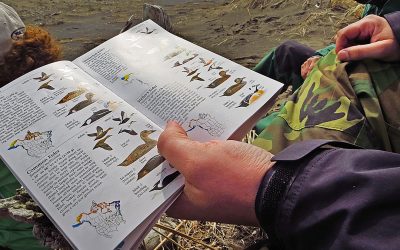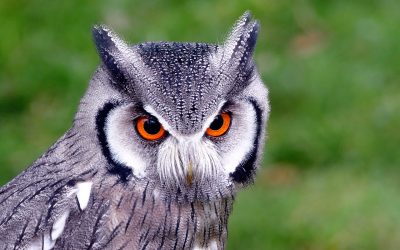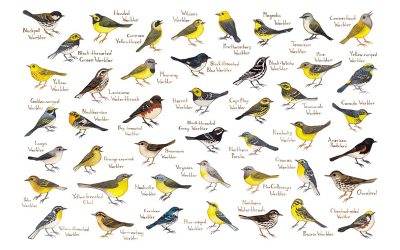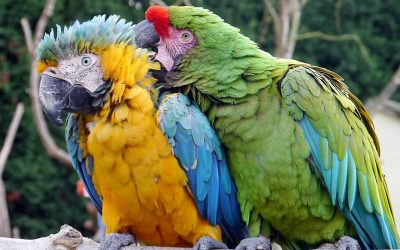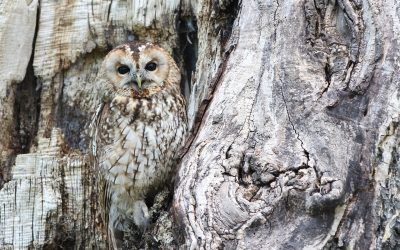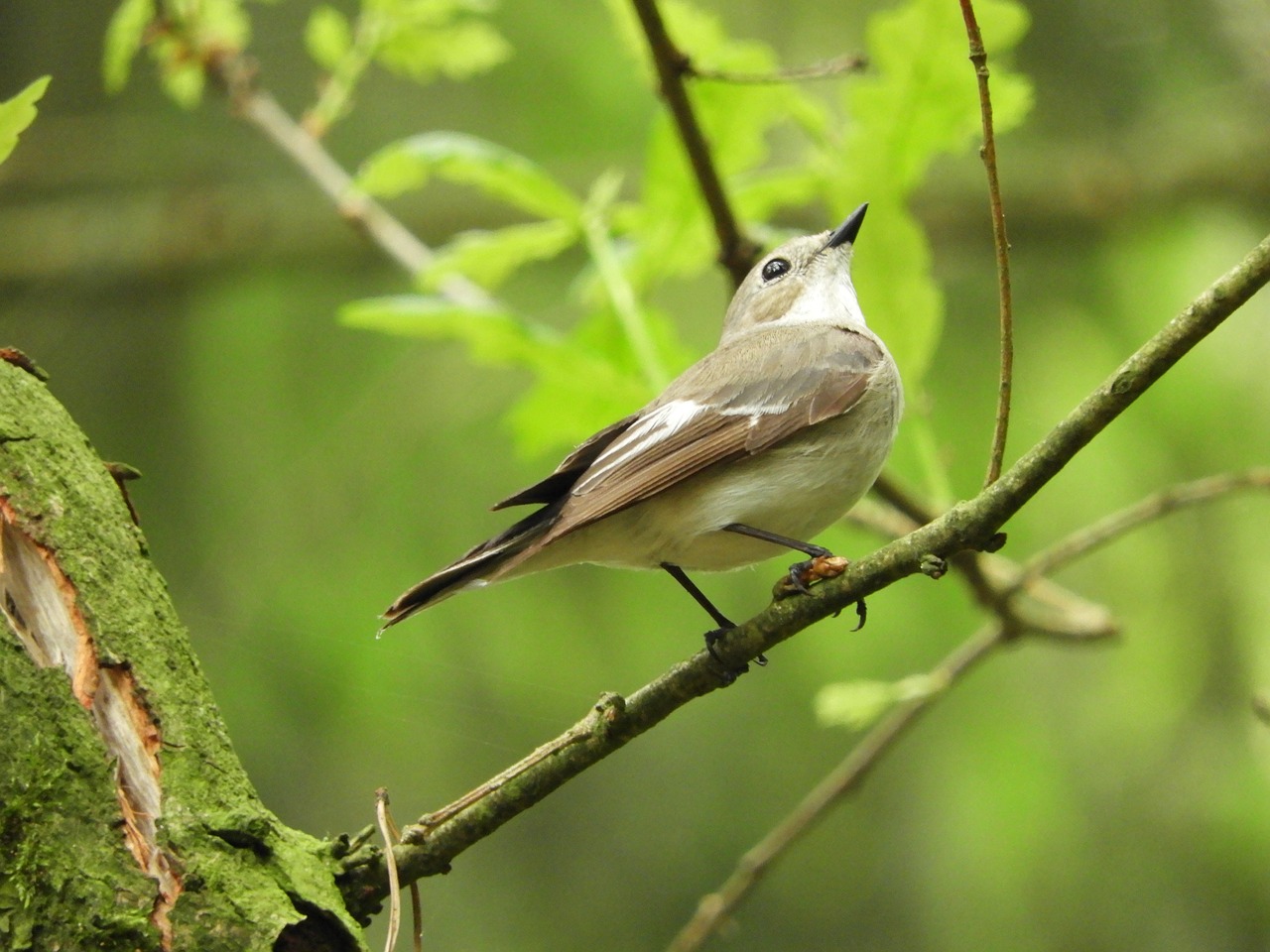Feeding Birds
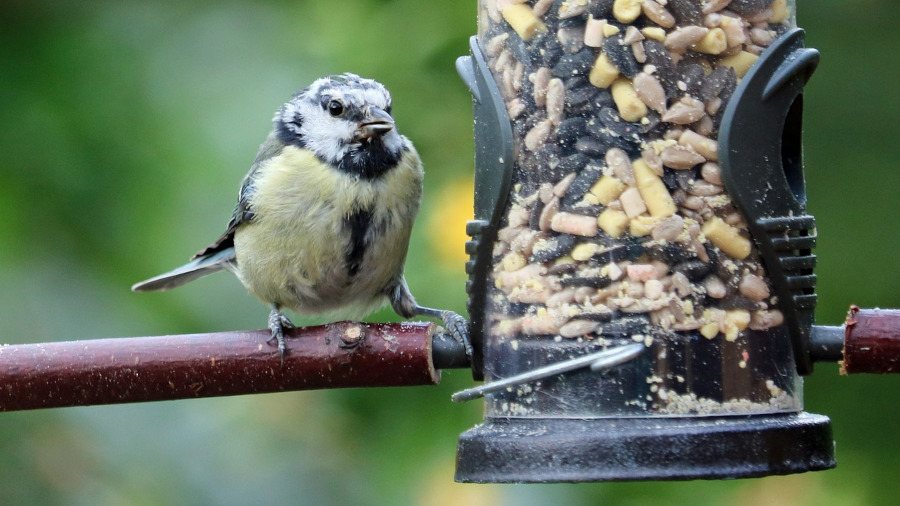
Keeping a Bird Checklist for Your Yard
One of the best ways to nurture a budding interest in birdwatching is to keep a bird checklist. A checklist is simply a list of birds recorded in your area and “keeping a checklist” is using that checklist to keep track of all the birds you have seen.
Quick Facts about Bird Nests
Birds are an incredibly diverse animal group. This is reflected in many aspects of their reproductive ecology, as you can see in this short list of facts about the nests of birds.
Quick Facts About Our Obsession with Birds
Birds certainly have a strong emotional impact on humans, as you can see with this short list of facts about how we value birds and bird-related products.
A Basic Birdwatching Equipment List
One of the great attractions of birdwatching is its simplicity. There are no set rules for birdwatching, no minimum requirements to meet and no real expectations other than spending some enjoyable time with the birds and your friends.
Tips for Novice Birders – Part 1
Here’s a quick list of the main things that novice birders should consider when heading out their front door.
Why birds sing in the morning
Bird singing varies throughout the day and generally follows a circadian (daily) rhythm, usually along what’s known as a bimodal pattern, i.e. two main periods of singing activity. In the case of most birds, there is much singing during the early morning and a lower level of singing in the evening.
The Owl and the Tanager
Despite all we know about birds, there remains as much yet to be understood. Both amateur and professional ornithologists can help add to the collective knowledge about birds
A Pelican in the Backseat
The call came as my son Travis and I were halfway around our trap line. We often care for injured owls from the Strathcona Raptor Shelter, and to feed the owls as natural a food as possible, we have...
A Memorable Visit
One year the students in our school had developed a great interest in birds. All through the winter we worked at a mural depicting a winter scene in which were shown all the birds any of us had...
A Bush of Woodpeckers
In September of one year, while looking out the window of our house, which is located on an acreage near Armstrong, British Columbia, I noted a Pileated Woodpecker eating chokecherries. We see...
The Hawk and The Train
You've heard of racing pigeons; how about racing hawks? While the Goderich-Exeter Railway Company's freight train was passing through a valley near Mitchell, a hawk decided to follow along. The...
Quick Facts About Bird Flight
Birds are an incredibly diverse animal group. This is certainly reflected in their flying abilities, as you can see in this short list of facts about bird flight.
Quick Facts About Aquatic Birds
Birds are very well adapted to aquatic environments, as you can see in this short list of facts about the swimming ability of birds.
Quick Facts About Bird Physiology
Birds are an incredibly diverse animal group. This is reflected in their physiology, as you can see in this short list of facts about the stamina and endurance ability of birds.
The Longest Bird Life Spans
It is interesting to see how long it is possible for birds to live. And some species are surprisingly long-lived.
Other Gear you Should Bring When Birdwatching
Here are a number of items you might want to bring with you on a birdwatching trip. They have nothing to do with finding or identifying birds but everything to do with making your day safer or just more pleasant.
A More Extensive Birdwatching Equipment List
You don’t require a huge pile of equipment for a birdwatching trip; the only things you really need are a field guide, a pair of binoculars and some enthusiasm. However, there are a number of other things you may want to bring along, especially once you have been overwhelmed by the birdwatching bug and have decided it could become a serious hobby.
Bird Species Alpha Codes
Often times, experienced birders use a specialized code when taking notes about the various bird species they have seen. This code may seem confusing to novice birders but there really is a logical system at work.
Using Bird Song Mnemonics
If you’ve spent much time in deep woods or around wetlands, you will know that it’s common to hear many more birds than you can see. At times like these, the birdwatcher’s best strategy is to rely less on visual cues and concentrate on the sounds made by the birds. Just like their plumage is unique to each species, so are the songs they sing. Being able to identify a bird by their song allows you to identify the species you can hear but cannot see.
Tips for Finding Owls
Owls are solitary birds and for the most part, do not like being disturbed by humans. So they can be a bit tricky to find. Here are a few tips to help you locate owls.
Birding with Young Kids
The arrival of a baby entails many lifestyle changes for new parents. Sleepless nights are in; early morning bird trips are out. The sight of endless flocks of shorebirds has now replaced the sight of endless diapers. But fear not, there is definitely birding after baby, it’s just different than what you are used to.
Quick Tips for More Enjoyable Birding Trips
There are a number of things you can do to make your birdwatching trip more enjoyable. Or at least, less annoying when the weather turns foul or you are just having one of those days.
What is an Owl Pellet?
If you start hanging out with birdwatchers, it is inevitable the day will come when one of them bends down to poke around in the grass, comes up with a grey, lumpy thing and declares it to be “a rather nice owl pellet”.
The 10 Most Common Winter Birds in North America
What are the most common bird species in North America during the winter? Well, there are a lot of people working to figure that out.
Where Can You go Birdwatching? Everywhere.
Some beginning birders seem to think that real birdwatching occurs only in state parks or national parks or at well known birding hotspots. But the truth is, birdwatching can done wherever you are.
How Bird Classification Works
All living organisms on Earth are organized into a hierarchical classification system which permits scientists to keep track of which animals are which and to give them each an official name. The methods used to accomplish this immense classification task are known as the science of taxonomy.
Quick Facts About Bird Feathers
Birds are an incredibly diverse animal group. This is reflected in the large differences between some of the species with regards to their plumage, as you can see in this short list of facts about bird feathers.
Body Sizes of North American Owls
The 20 owl species in North America exhibit a great range in body sizes. While size itself is not the best diagnostic trait for identification, it is a useful characteristic to help dwindle the number of possible choices.
Tips for Novice Birders – Part 2
A few more tips which come in handy when you are just starting out in the world of birdwatching.
Identification Difficulty for the Bird Families of North America
The ease or difficulty of identifying a particular bird is influenced by many factors, foremost among them the knowledge and experience of the birdwatcher.




